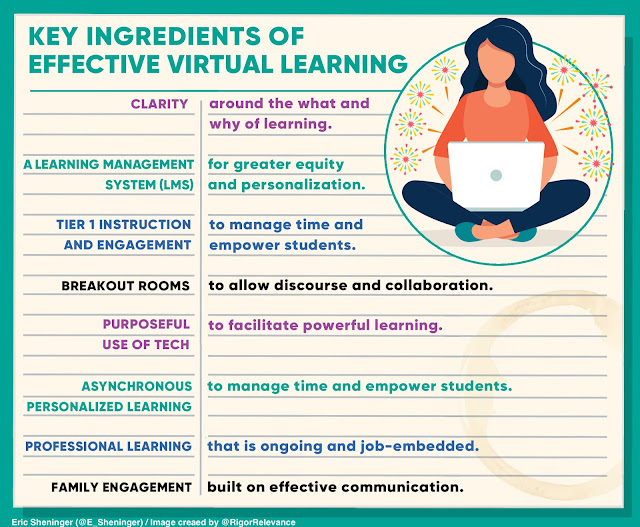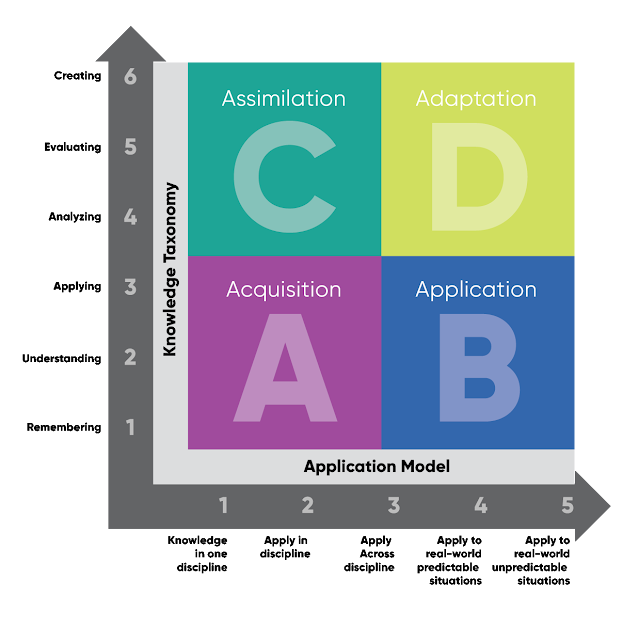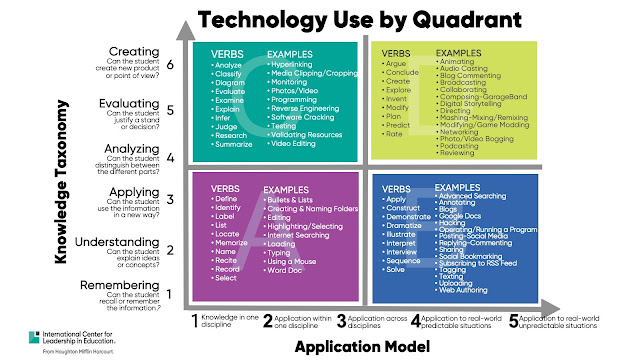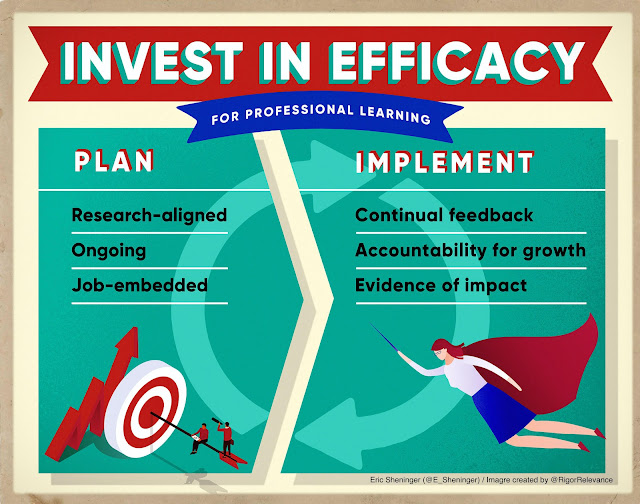Through adversity, we rise to the occasion. So many important lessons were learned during the pandemic that can be used to not only improve our practice but also to pave the way for a brighter future. The key is not to have a short memory while working to push forward with implementing initiatives that benefit all learners. One important lesson learned was that face-to-face learning does not meet the needs of every child.
I have been inspired to see how districts and schools have acted upon this fact and created a standalone virtual option for students to accommodate health, safety, and emotional concerns. For others, the added flexibility allows them to thrive in ways that brick-and-mortar does not. No matter the reasons, virtual options illustrate a large-scale effort to provide personalized options that focus on equity.
The move to remote learning at the height of the pandemic allowed us to work out kinks pertaining to creating and sustaining effective virtual environments. Through my work with schools on remote and now virtual learning, I have decided to create a one-stop resource that others can use based on successful programs such as the Bullitt Virtual Learning Academy in Kentucky and Davis Connect in Utah.
- Clarity in expectations
- Systematic use of a Learning Management System (LMS)
- Sound Tier 1 instruction and engagement
- Breakout rooms for discourse and collaboration
- Purposeful use of tech (voice and choice)
- Asynchronous personalized learning
- On-going professional learning
- Family engagement
Clarity
Virtual students must understand what they are expected to learn and why they are learning the concept(s) and how it will be used outside of school. A straightforward way to set this stage is to unpack the standard(s) into a learning target. Additionally, they need to know what is expected when in synchronous and asynchronous sessions.
Learning Management System (LMS)
The consistent use of an LMS such as Google Classroom, Schoology, or Canvas works to create a more equitable virtual environment for all kids and families. It can become the hub for all lessons, videos, activities, assessments, student work, and SEL check-ins using Google or Canvas forms. A foundation can then be established for more personalized approaches such as pedagogically sound blended learning, self-paced activities, and bitmoji classrooms. Students and families win as they have on-demand access to resources.
Tier 1 Instruction and Engagement
The success in direct or whole group instruction relies on the use of tried-and-true strategies such as the anticipatory set, reviewing prior learning, checks for understanding, modeling, and closure. While these have immense value, it is equally critical to ensure that students are empowered to think and apply their thinking in meaningful ways. As you build your virtual ecosystem and back of strategies, consider using the Relevant Thinking Framework to develop a common vision, language, and expectations that strengthen instruction and increase engagement.
Breakout Rooms
The social aspect of learning should never be undervalued. Discussion, discourse, and collaboration during synchronous lessons are crucial to keeping kids engaged and breakout rooms are the way to make this happen. It also sets the stage for structured cooperative learning activities that could occur live or asynchronously as part of virtual learning.
Purposeful Use of Tech
You will see a variety of images below that illustrate the power of technology in support of what has already been discussed in this post, in addition to what will be shared later. There are many digital tools available to educators these days, which often creates an overwhelming feeling. It’s not how many tools you use that matter, but instead the degree to which they are employed to facilitate engaging and empowering experiences through voice and choice.
Asynchronous Personalized Learning
The critical tenet of personalized learning is all learners getting what they need when and where they need it. While strategies such as station rotation tend to be more effective when everyone is live online, other strategies such as choice activities, playlists, and the flipped approach are fantastic ways to empower students asynchronously where the teacher can still pull individual or small groups to targeted support.
Professional Learning
Typical means of professional development (PD) such as drive-by events, one-off workshops, or book studies, while having value, will not lead to impactful virtual learning at scale. There needs to be a shift from “PD” to professional learning that is ongoing, job-embedded, and research-aligned. For virtual learning to flourish, there also needs to be continual feedback, modeling of everything discussed in this post, accountability for growth, and evidence of impact.
Family Engagement
As the African proverb states, “It takes a village to raise a child.” Family engagement is an essential component of any alternative learning program. At the cornerstone is effective communication, something I emphasized extensively in Digital Leadership. This involves providing routine information and educating families on how the program works, having them involved in counseling sessions, and encouraging their children to take advantage of the opportunity to move past mistakes.
Equity in learning is all students getting what they need, when and where they need it, in order to succeed in school and eventually in life. I believe every child deserves a virtual option. If districts and schools feel the same, let’s make sure it is designed in a way that challenges kids on par with face-to-face learning while also addressing social and emotional needs.









No comments:
Post a Comment